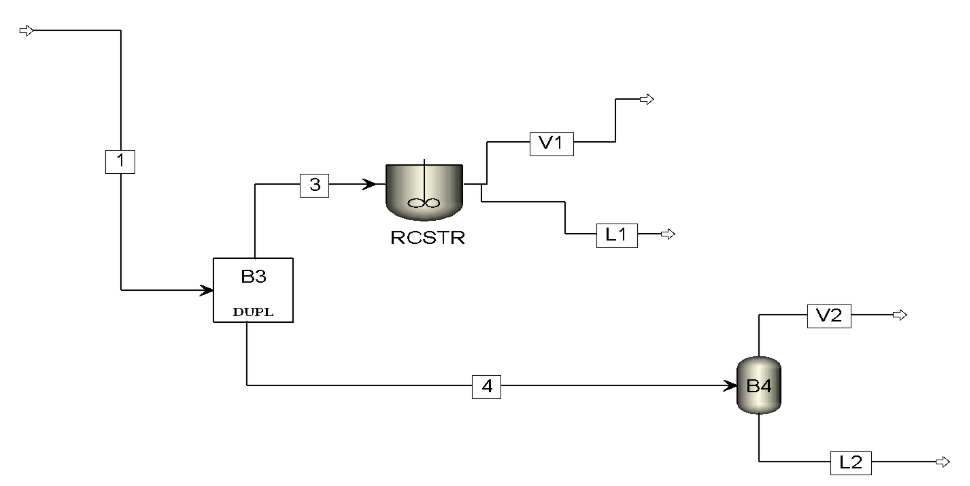Advanced Phase Equilibrium Modeling of the Formaldehyde–Water System Using Step-Growth Polymerization Reactions
Project Description
Formaldehyde–water system exhibits complex phase behavior due to reversible formation of short-chain oligomers via step-growth reactions. Conventional reaction-based models often fail to accurately represent this complexity, leading to inconsistencies in phase equilibrium predictions. This project utilizes a step-growth polymerization approach in Aspen Plus to model the system more effectively. By simulating the progressive association of formaldehyde and water, the model offers improved alignment with experimental data and a more reliable representation of reactive, non-ideal mixtures. This method provides a robust framework for accurately simulating aqueous systems involving reversible oligomerization.
Project Objectives
To address the complexity of the formaldehyde–water system, this project applies step-growth polymerization modeling in Aspen Plus. The aim is to enhance accuracy in simulating phase behavior and reactive equilibrium.
Develop a reliable phase equilibrium model for the formaldehyde–water system using step-growth reactions.
Simulate reversible oligomerization to better represent non-ideal aqueous mixtures.
Compare the accuracy of the step-growth model against traditional reaction-based methods.
Align model outputs with experimental data for improved predictive performance.
Process Flow Diagram

Project Insights
Reactive System Modeling
- Modeled reversible oligomer formation in formaldehyde–water mixtures.
- Used step-growth polymerization to simulate complex phase behavior.
Improved Predictive Accuracy
Enhanced phase equilibrium accuracy over conventional reaction models.
Increased alignment with experimental and property data benchmarks.
Simulation Framework in Aspen Plus
- Implemented custom polymerization kinetics within Aspen environment.
- Enabled modeling of dynamic associations in non-ideal mixtures.
Broader Applicability
Approach is extendable to similar aqueous reactive systems.
Useful for systems involving reversible polymerization or condensation.
Conclusion
The project successfully demonstrates that step-growth polymerization offers a more accurate and reliable method for modeling the formaldehyde–water system compared to traditional reaction-based approaches. By capturing the reversible formation of short-chain oligomers, the model aligns closely with experimental phase behavior, ensuring better predictive capability for reactive, non-ideal aqueous systems. This framework not only resolves inconsistencies in equilibrium predictions but also sets a foundation for extending the methodology to other complex liquid-phase reaction systems.
